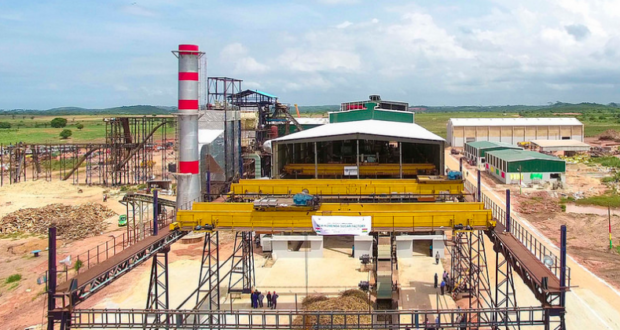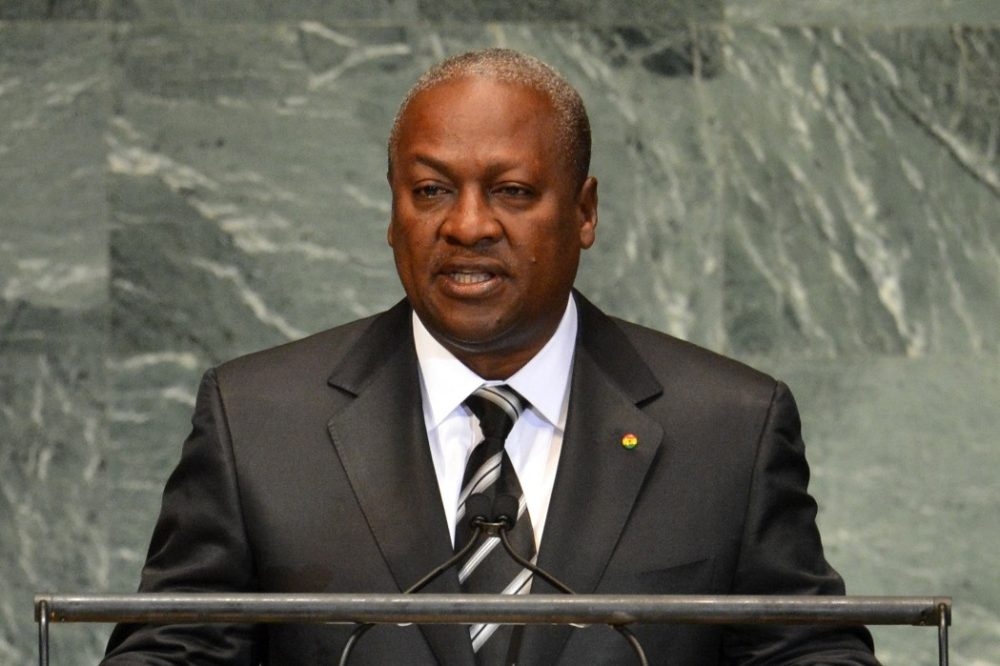Kenya’s tax collection target failed by $2 billion despite raising taxes
Kenya's tax collection target failed by $2 billion despite raising taxes

Kenya’s Revenue Authority (KRA) failed to collect enough taxes for the fiscal year ending in June 2024, missing the target by $2.09 billion even with the tax increases included in the country’s 2023–2024 Finance Bill. The deficit came after a challenging macroeconomic climate that resulted in lower company profits and more layoffs.
KRA established a $21.8 billion revenue goal for the year in question.
Corporation Income Tax (CIT), which is derived from profits, increased more slowly in June 2023—growing by 4.9% as opposed to 7.2%—signaling weaker profitability in the country’s most important industries, which include manufacturing, insurance, ICT, and finance.
In addition, KRA had the worst shortfall in employee collections (pay-as-you-earn), totalling $567 million, even after a new tax band targeting high earners was introduced in 2023.
The largest fall in tax revenue was seen in manufacturing (13%), ICT (12.3%), and finance and insurance (2.4%). Among the causes of the economic downturn were high operating costs, which included rising energy prices, and the depreciation of the Kenyan shilling in relation to the US dollar.
According to Humphrey Wattanga, the commissioner-general of KRA, “high input costs, mostly driven by imports,” and high energy costs contributed to the weak demand for manufactured goods that were negatively impacted by high retail prices.
For the fiscal year 2023–2024, KRA collected $18.8 billion in taxes, an increase of 11.1% over the year before. KRA reached 95.5%, falling shy of its entire goal. The amount of money the agency received for other government projects increased by a robust 34.9%.
Kenya’s difficult economic conditions are reflected in the tax collection performance for 2023–2024. Despite a moderate 5.6% growth rate in 2023 compared to 4.9% in 2022, high fuel and energy costs continued to be a problem in the early part of the year, with inflation averaging 6.86% in the first half of the year.
But thanks to the Central Bank’s monetary policies, inflation decreased to an average of 4.87% by the fourth quarter, resulting in an annual average of 6.22%—a considerable decrease from 8.78% the year before.
What's Your Reaction?

















































































